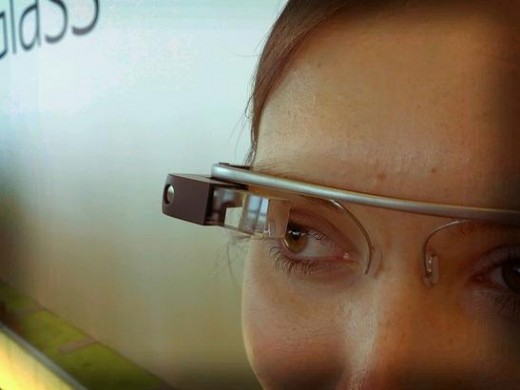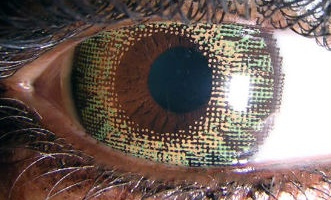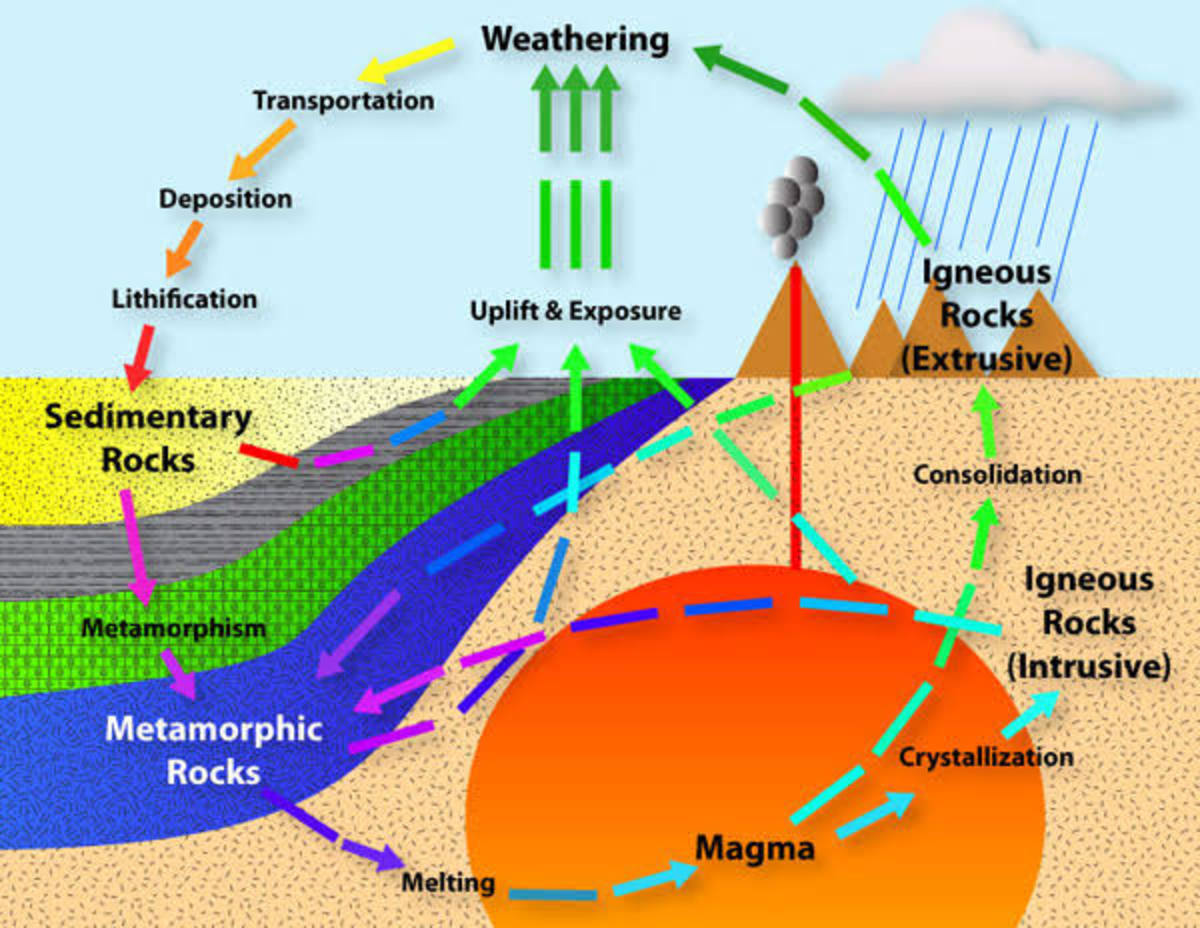New Technology for Education

One of my fondest memories of my childhood education was I got to go to technology class once a week and play Oregon Trail. By the time I reached high school I was designing web pages to complete class assignments that were less advanced than the gaudy Myspace pages of 2006. While some doubt that our public schools make enough use of available technologies, there is no doubt that our education system is constantly defined by shifts in new technology.
The past ten years have brought us exciting changes in consumer technology. The next ten years however, will bring new technology for education that will cause an epic shift in the way our children learn.
Multi-Touch Surfaces
While touch screens and multi-touch surfaces have been around for years, these technologies have been absent from even the most modern classrooms. Fortunately, these tides are changing with the innovations from Apple such as the iPhones and iPads. As touchscreens continue to plummet in price, you can expect to see touchscreen technologies applied in our modern education system fairly soon.
It has been projected that by the year 2020, new technology for education will completely revolutionize the modern desktop by replacing them with multi-touch screens. This technology alone may change education as we know it.
With a multi-touch desktop:
- Teachers will be able to stream information directly to each student from one central hub (a technology already available with the WiPad Pro), drastically reducing the need for schoolbooks and paper handouts.
- "My dog ate my homework" will be a thing of the past. Assignments can be distributed and turned in digitally, from their desks. By having personalized internet access (Which has been available to students for well over a decade) it will be easy to do homework from home or in the classroom by saving it in the cloud.
- Lessons can be interactive. Rather than trying to look at a picture of a DNA strand and using your imagination to fill in the blanks - imagine a full color interactive image taking over a student's screen allowing them to zoom or tap on points of interest, causing an informational display to pop up and provide them with the information they need. If they don't understand a word, another tap could bring up a dictionary reference complete with an audio pronunciation.
These Hollywood-like possibilities are endless...and are something our current kindergarten kids can look forward to before their high school graduation.

Up and Coming Consumer Gadgets
Interested in learning about what technology consumers have to look forward to in 2014? Check out my other article, Future Technology - 2014.
Augmented Reality Glasses
We've all envisioned a future where virtual reality replaces the classroom, but that is still a long way out. For now though, Google is paving the way for the next best thing with Google Glass.
This new technology is expected to be released to consumers in 2014 (developers can expect their models later this year). It may be some time before this new technology makes an impact on education, but with a manageable price tag, it might not be too far into the future.
Augmented reality (AR) is a technology that layers digital data on top of what we are already looking at. At first this will probably involve nothing but textual overlays - think 'digital encyclopedia' but will eventually involve into hologram-like videos being displayed right in front of your eyes. Imagine students looking up at the teacher's desk only to see Abraham Lincoln standing behind the desk announcing the Gettysburg Address in real-time.
Ok, so developing a virtual Abe Lincoln may take some time. But for something more in the near-future, how about the infamous frog dissection? The AR glasses could detect and identify the frog's anatomy during the dissection. This not only would help the student perform the dissection properly, but by having the name of each organ and its purpose pop up on the screen as it is dissected will greatly enhance the effectiveness of this lesson.

Student Biometrics
Without a doubt, the most challenging thing for today's educators is adapting their lessons to the need of their students. It is no mystery that each student learns differently, at a different pace.
Biometrics is the use of technology to identify people and their current physical and emotional state by monitoring physical traits and behavioral signs. The lie detector is a very basic, outdated example of biometric analysis. By implementing such technologies in education, teachers and technologies will be able to adapt their lessons to each student individually.
Rather than lying on the teacher to try and do this impossible job on their own - educators could have the ability to print out reports on each student, helping them to identify where students may need assistance, or whether they are spending too much time on a particular lesson.





